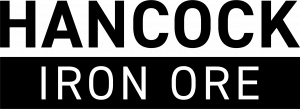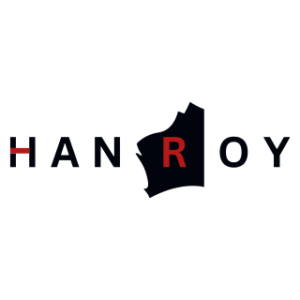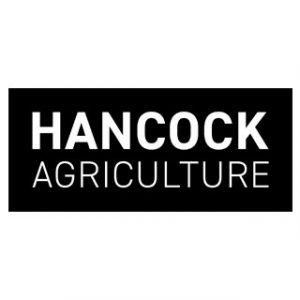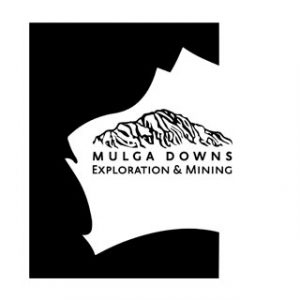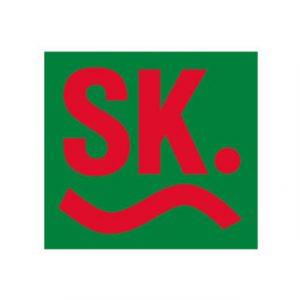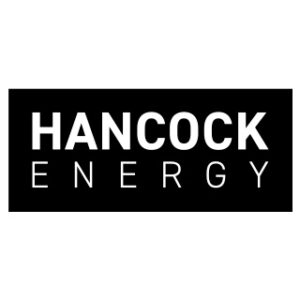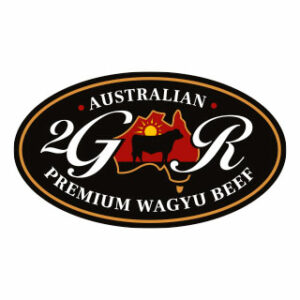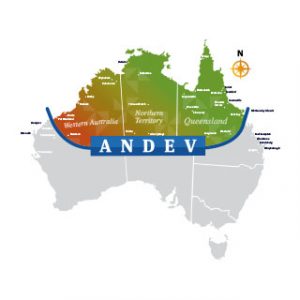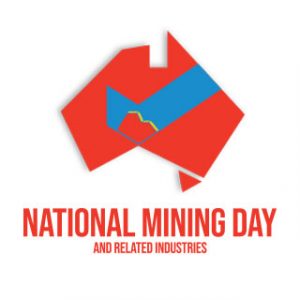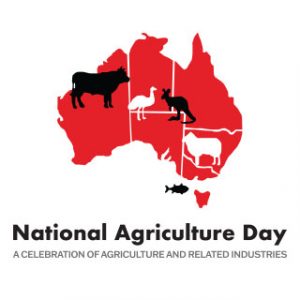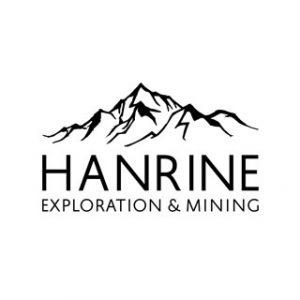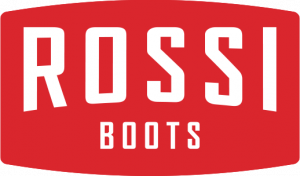Speech by Garry Korte, CEO of Hancock Prospecting at the occasion of the unveiling of a painting presented as a birthday gift from the HPPL team to Mrs Rinehart recognizing her achievements and contribution
It is my great pleasure today to present a painting to Mrs Rinehart. The painting is a present from your team here at HPPL for your birthday. We wanted to choose something special for your birthday and something that would be an enduring gift, so we decided on a painting. Fortunately, I just happened to know an artist – which is very handy when it comes to personalized gifts.
As everyone here today knows, Mrs Rinehart has received recognition from the top organisations and institutions around the world for her achievements, but I believe the most important recognition anyone can receive is from those who work most closely with them. The reason I say that is because these are the people who see the sacrifices that have to be made, the hard work – literally the blood sweat and tears, the risks that have to be taken and the many hurdles that have to be overcome, to be successful.
Mrs Rinehart has achieved and contributed to our country what nobody else in Australia has been able to do in primary industries, including getting approval to establish 2 national days, one for celebrating mining and the related industries the mining industry supports, and one celebrating the agricultural industry, and the related industries it supports, the 2 industries that contribute the most to Australia. She has also written 2 books which is a great contribution and should be widely read for her unique insight, as well as writing quarterly articles in the Australian Resources & Investment Magazine.
More recently Mrs Rinehart has extended her contribution with a very substantial investment into agriculture, an industry that desperately needs investment to grow. I have no doubt that the expansion into agriculture will be as successful and exciting as new technology is introduced making a valuable contribution to the development of the industry.
Back to the blood sweat and tears if I may, as you know I was formerly the CFO at Roy Hill, heading up a small finance team, that together with the help of Hancock execs, and with support from our minority partners in Asia, established the world’s largest ever debt financing for a mainly greenfield, land based resource project. This involved 19 of the world’s largest banks, including 11 in the top 20, plus 5 ECA’s, so this might give you some idea of the complexity and size of the financing involved for a true mega project. Although this is something I will always be proud of, it was certainly no walk in the park taking several years to do, during which time I found out the reason that certain things have never been done before – because they are extremely hard and at times seeming absolutely impossible to do! During this time I worked very closely with Mrs Rinehart, constantly e-mailing each other in the early morning hours and weekends, during holidays – so she knows first-hand the “blow torch like” pressure we were under and the mountain we needed to climb to achieve success.
I often run into external people who say things like – “wow you were so lucky, Roy Hill didn’t have delays or huge cost blowouts like other projects”. Through the financing, the construction and the production ramp-up, we had more than our fair share of issues, things that went wrong, wouldn’t work, couldn’t work, refused to work….the difference was the dedication, focus, can do attitude and hard work of the team always making the extra effort to find good solutions and also not waiting but jumping in and pro-actively dealing with problems as soon as they popped up. I didn’t see a lot of my family during the financing, but I’d like to say, they knew I was working on something very important, and were fully supportive, letting me get on with it. After the financing was done, I continued to manage the relationship with the 24 banks – I can tell you that co-ordinating such a large group on complex matters, felt at times like trying to herd cats. Once we had established the business systems and structures and managed the funding through the completion of a challenging construction phase, I was able to hand over.
The success we enjoyed as a team at Roy Hill opened up the most incredible opportunity for me, being recognised with a promotion to CEO of Hancock, an incredible role full of challenge, where one day is never the same as the next. With our Chairman driving the bus we are building a great business and doing things that will make a real difference. I thought I was working at full capacity at Roy Hill, but with the step up in responsibility at Hancock, the challenges and hours have gone up another gear! I absolutely love the opportunity and fresh challenges to work as CEO of Hancock, where it feels like I am growing every day. Mrs Rinehart and I work well together, both believing that you should never leave for tomorrow what you can do today, and with an exceptional team at Hancock, especially with the guidance and support of Mrs Rinehart’s long term inner team and board members, Tad and Jay, and our long serving, hard-working company secretary, Jabez and the many other exceptional members of team Hancock. With our ongoing growth, we have recently strengthened the management team further with the newest member of our team, David Larkin, appointed as CEO of our agriculture division.
Northern Australia
Hancock’s investment in both the mining and agricultural sectors is predominantly in Australia’s north, an area that has long been identified and targeted by Mrs Rinehart as the growth engine for Australia, if its potential can be developed. Indeed, it is not just being targeted by Mrs Rinehart alone, as she founded ANDEV, which has a like-minded executive and members. Northern Australia is close to the booming economies of South East Asia and southern China, in particular. By 2050, an extra 3 billion people across Asia are forecast to have living standards similar to those in Europe today, and will increasingly demand high quality food, reliable energy and minerals supply. This is an unprecedented opportunity for our north.
Mrs Rinehart established ANDEV, Australian for Northern Development and Economic Vision to advocate for the development of the north including through the establishment of tax-free special economic zones to encourage investment and people to live and work there. Special economic zones have proved very effective and successful at attracting investment and people in many jurisdictions overseas. Northern Australia is an area that punches well above its weight. It is responsible for 11.7% of Australia GDP, despite only accounting for 5.5% of Australia’s population. It has abundant land occupying more than 40% of Australia’s land mass and has a tropical climate that receives 60% of the nations’ rainfall – yet we use and capture less than 2% of this precious resource. Government has recognized the potential of the north and in 2015 released a white paper “Our North, Our Future” to promote developing the north and established the $5 Billion North Australia Infrastructure Fund to promote and facilitate investment.
But what we need to spur investment in the north and encourage people to live in this area far away from the benefits of city living with its easy access to hospitals, childcare, universities and schools, restaurants, entertainment, doctors and specialists, shopping centers, sporting events, and more, is to address the two investment killers – cut tax and red tape.
Australia urgently needs to reduce company taxes to remain competitive and attract investment and jobs
The US has led the way recently, reducing tax rates from 35% to 21% – this has put a rocket under the US economy. A wide range of leaders and organisations have recently urged Australia to reduce our uncompetitive company taxes, including the IMF that stated that it would “benefit productivity and reduce inequality”. Unless Australia cuts its tax rates to 25% or less, which is the average rate for OECD countries, we will not remain competitive and we will see investment and jobs move overseas. Capital is increasingly mobile worldwide and will simply shift to more supportive jurisdictions. As our Chairman has pointed out on many occasions, we’re missing the message, it’s not just tax that needs to be cut, but both tax and red tape, as president Trump has done.
Red tape is strangling our economy and needs urgent reduction to reduce the $176 billion or more annual waste
The Institute of Public Affairs has estimated that red tape is reducing economic output in Australia by a staggering $176 billion per year or about 11% of GDP. In our business we see many examples of red tape creating risk, time loss and expense and threatening investment. Roy Hill suffered significant delays over more than 10 years to obtain the approvals needed to build the mine, finally receiving key approvals in March 2014, just months before the iron ore price cycle moved significantly lower. Had the delays continued for another 6 months, there would be no Roy Hill today because the US$7.2 billion funding would not have been able to be achieved in the lower iron ore price environment post March 2014. The cost would have been enormous – with the loss of the 38,000 jobs created during the construction of Roy Hill, the approximately 2,000 operational jobs over the life of the mine and government losing approximately $9 billion in taxes and royalties that Roy Hill is forecast to pay to over its life. This is the real danger of red tape. If this red tape snowball is not addressed we will see fewer projects built in Australia and instead other countries will step into the opportunities, and in so doing we will lose the jobs Australians could have had, loose the increased revenue that Australia could have had, and miss out on the opportunity to improve everyone’s standards of living.
Our investment in agriculture is also being stifled with slow approval processes, delaying access to sustainable water resources to grow crops to be able to feed cattle and expand our beef business. Liveringa station has been seeking approval for years to sink bores into an aquifer that fully replenishes every year, suffering delay after delay, which has prevented us from moving forward. This is costing jobs and growth in the outback, an area that desperately needs jobs.
We note the Senate’s select committee on red tape established to investigate the effect of red tape on environmental assessment and approvals has delivered its interim report recently.
We would urge government to implement the recommendations of the committee that contains some practical measures that would benefit Australia including;
Commonwealth and State governments re-commit to the “One Stop Shop” initiative to reduce costly and wasteful duplication
The adoption of a risk-matrix based on international standards to avoid undue focus on immaterial matters
But government should not to stop there, and needs to remove the duplication of Federal and State approvals processes. How can small companies cope with all this red tape and expensive burden? Last year the Trump administration released the Presidential Executive Order on reducing regulation and controlling regulatory costs, that effectively requires two regulations to be cut for every new regulation that is issued. Yet, what has been achieved in practice, is even more, cutting 22 for every one new regulation enacted in 2017. Australia desperately needs to follow the US lead, to avoid being strangled by wasteful red tape, which is already costing the Australian economy aprox $176 billion a year, maybe more, and which continues to grow unabated. A relatively easy step to start with would be would be to start by cutting federal and state duplication.
Mrs Rinehart long family history and association with agriculture
Returning to the painting, I wanted to mention Mrs Rinehart’s long family history and association with the agricultural industry. This family history stretches all the way back to the second half of the 1800’s, when Mrs Rinehart’s family first moved to the north of West Australia landing at Cossack, which is close to Roebourne in the Pilbara, in a ship called the Sea Ripple – which judging by the name it sounds like it wasn’t the largest ship in the world! After landing at Cossack, in true pioneering spirit, the family built the first port and small town in the north, and established some of the first stations in the north west. Mrs Rinehart’s great grandfather John Hancock established a station, then bought Ashburton Downs in 1891 – this goes so far back that its even before the great Kidman & Co cattle company was established by Sidney Kidman. John had three sons George, John and Richard who managed Ashburton Downs by rotation. George went on to buy Mulga Downs which is still owned by Hancock today, helping to make the Hancock family one of the longest continuous cattle station owners in Australia, possibly the longest.
For the painting we wanted to choose something that reflected your family’s long connection to the land and your love of the outback which I know is very near and dear to your heart. I think it has turned out very well and we hope that you like it. Now please could I ask you to now unveil the painting.
– Ends –

